Products You May Like
Feel like your energy bills have been higher than normal lately? You’re not imagining things. And unfortunately, it looks like energy costs will continue to heat up as temperatures start to drop.
Utility companies across the country are hiking their rates, with customers reporting monthly bills roughly $20 to $35 higher than normal.1 The price of natural gas has risen to a level that hasn’t been seen in more than a decade.2 And a new report projects U.S. heating costs to jump 17.2% this winter from last — a total 42% jump since winter 2019.3
Yikes.
By now you’ve probably started brainstorming all the ways you can cut energy costs this winter. But don’t hit that “add to cart” button on a dozen new blankets just yet.
15 Ways to Winter-Proof Your Home
Let’s explore some of the most sustainable ways you can winterize your home and improve its energy efficiency so you can feel a little more merry and bright and a little less bah humbug.
This guide will have tips and tricks on the following winter-proofing methods:
- Protect your pipes
- Ready your roof
- Clean your gutters
- Perform a home energy assessment
- Caulk and weatherstrip doors and windows
- Insulate your windows
- Inspect your fireplace
- Check your insulation
- Invest in a smart thermostat
- DIY draft snake
- Change the direction of your ceiling fans
- Remove your window AC units
- Make your furnace more efficient
- Protect your plants
- Stock up on supplies
1. Protect Your Pipes
Protecting your pipes helps to keep water heating costs low and reduces the risk of your pipes freezing or bursting in the winter. That’s a win-win situation for any homeowner.
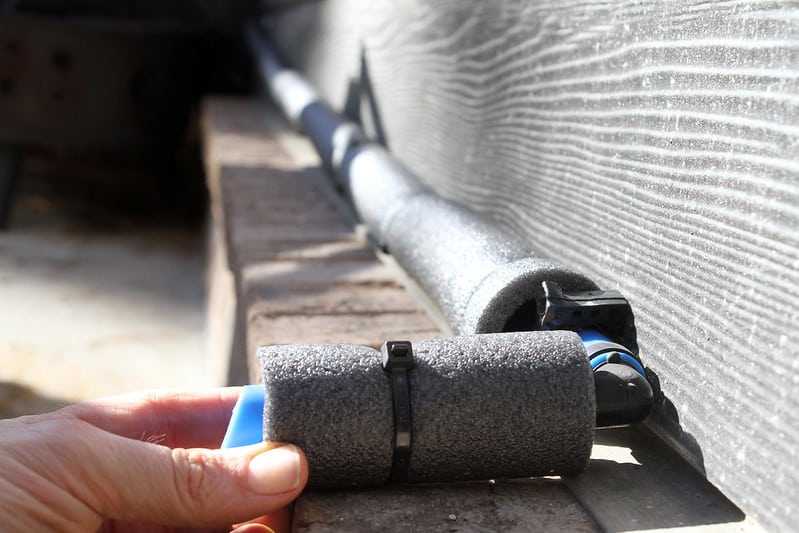
Insulating your water heaters and pipes can raise the water temperature of your water between 2 and 4°F. Use tubular pipe wrap, rolled pipe wrap, pipe sleeves or pipe insulation fittings.
Other ways to protect your pipes in the winter include:
- Detach outdoor garden hoses from outdoor faucets
- Open cabinet doors to allow heat to get to piping under sinks
- Let sinks drip (just slightly) on nights when temperatures drop below freezing
2. Ready Your Roof
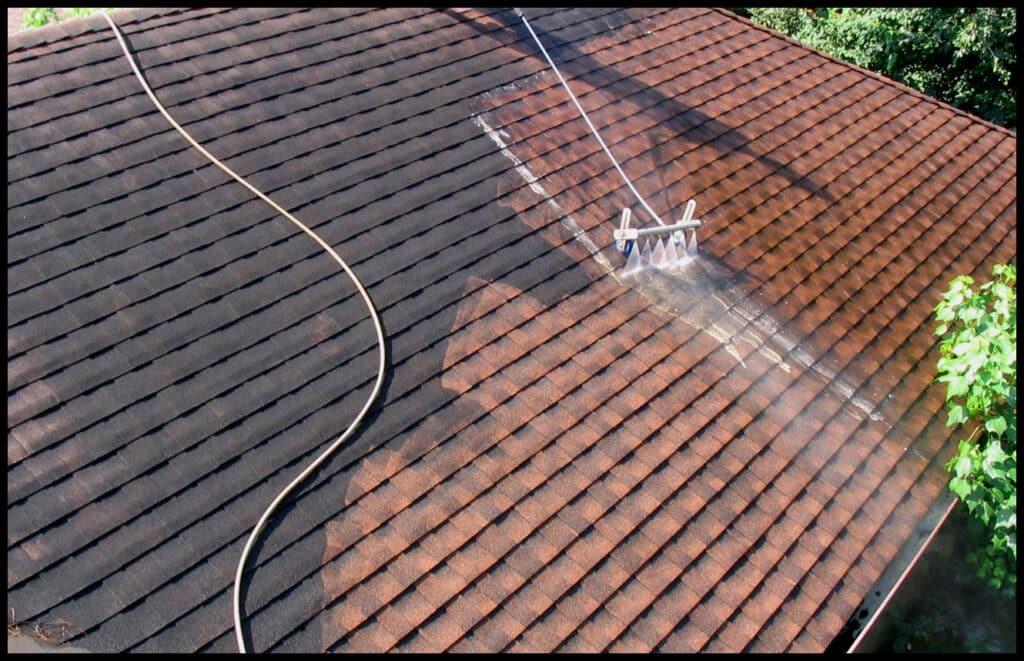
There’s never a good time for a roof leak or failure of any kind, but winter might just be the worst time for cold weather states.
It’s best to clean your roof before winter hits to prevent ice buildup that can lead to bigger roof damage. So grab a ladder, some gloves and a roof cleaner and get to work removing debris and washing shingles.
If you have a steep roof or see any signs of mold or mildew, you may want to call in a professional roofing company to avoid the risk of roof failure this winter. You may even get a discount since the fall is often the off-season for roofers!
3. Clean Your Gutters
After you give your roof some love, don’t leave your gutters out in the cold (figuratively speaking).
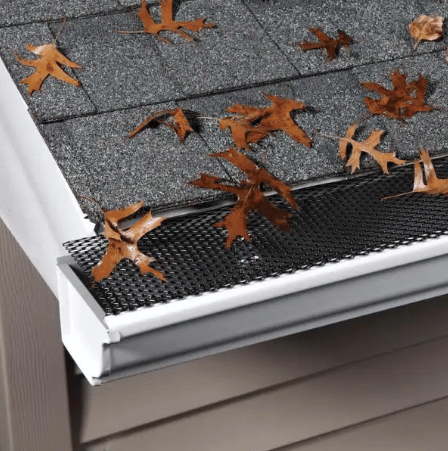
“It is important to clean your gutters on a regular basis, as clogged gutters can lead to water damage on your roof,” Oberon Copeland, CEO of Very Informed told EcoWatch.
If you live in an area that sees a lot of rain, snow and/or ice in the winter, your gutters are going to be working overtime to keep that water away from your home. Failing to clean your gutters before winter can lead to:
- Clogged gutters
- Sagging or detached gutters
- Mold build-up
- Ice dams
- Water stains
- Roof leaks
After you’ve cleaned out your gutters, consider installing gutter guards to keep debris out and keep the water flowing. For all you cold-weather dwellers, some gutter guards even come with heat cables that can melt ice dams before they form. Pretty cool stuff.
4. Perform a Home Energy Assessment
If you’ve never had a professional home energy assessment or audit done and your house is more than ten years old, you should fix that ASAP. You could be losing $200 to $400 in energy expenses a year due to air leaks.4
Home energy expert Greg Fasullo of Elevation Solar told EcoWatch that having a home that hasn’t been pressure tested is like having a car with a leaky gas tank.
“If your gas tank has a leak, you don’t want to keep putting more gas in or [look for] lower-cost gas. First thing is, let’s fix the leak. And that’s what energy efficiency work is with the house,” Fasullo said.
Having a professional home energy assessment is the best way to identify and fix the areas of your home that are wasting energy. Fasullo says his clients see savings almost instantly.
“I’ll get emails from people and they’ll little circle their bill [showing that] the month before they spent $300 and then all of a sudden they spent $150,” Fasullo told EcoWatch.
Reach out to your local utility provider to see if they offer free or discounted home energy audits. Or connect with a solar energy company, some of them also offer free home energy assessments with a solar consultation.
While you may not see as strong of results, you can also DIY a home energy assessment. Download our audit checklist here.
5. Caulk and Weatherstrip Doors and Windows
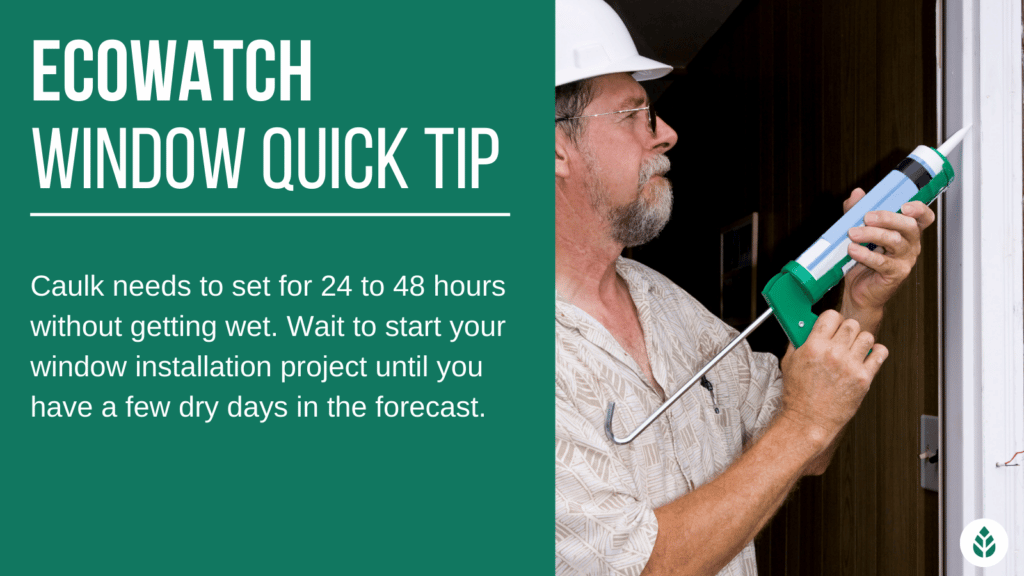
Doors and windows are like partners in crime when it comes to energy waste. Especially if you haven’t upgraded to energy-efficient windows or glass.
Add extra protection against that cold winter air by caulking around window and door frames. You can also add weatherstripping, door sweeps or install storm doors. Expanding foam or acrylic-latex caulk are usually the most sustainable caulking options.
6. Insulate Your Windows
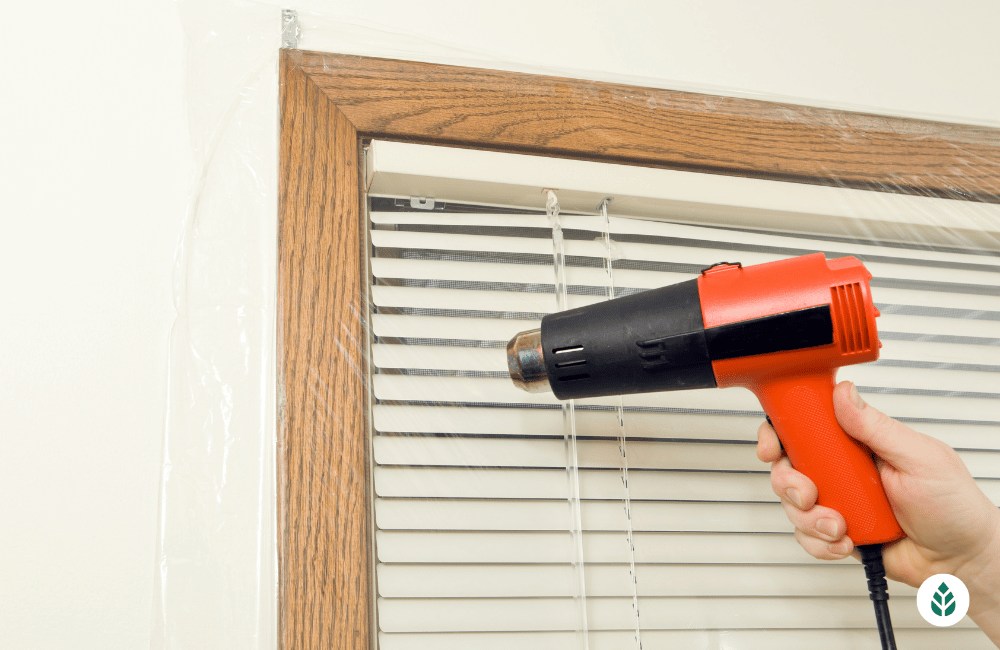
If you’re noticing higher energy bills and you have drafts near your windows, you could have a broken window seal or need some TLC for your glass insulation.
DIY window and glass door insulation can cost as low as $20 while making a huge difference in your energy bills. You can cover your windows with bubble wrap or add thermal curtains around your windows.
If you’re feeling a little fancy, consider buying a DIY window insulation kit.
7. Inspect Your Fireplace
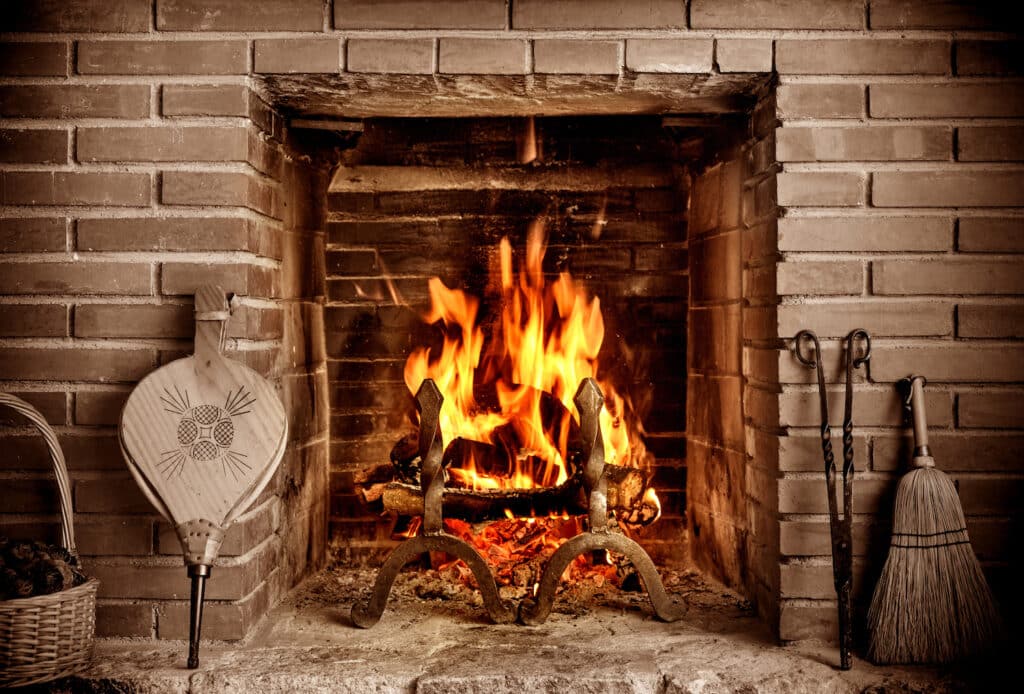
It’d be nice to have chestnuts roasting on an open fire without Jack Frost nipping at your nose. To make sure that happens, you’ll need to have your fireplace inspected and cleaned before the first fire of the season.
Your chimney can be another culprit of energy waste. Be sure to inspect it for any holes or cracks and check that it’s properly secured with roof flashing.
Animal nests, debris and soot buildup can be hazardous to your home and the environment, so be sure to call a chimney sweep before lighting a fire. Even electrical fireplaces require regular maintenance and cleaning.
8. Check Your Insulation
Wouldn’t it be nice to cut your energy bill in half? Check your insulation.
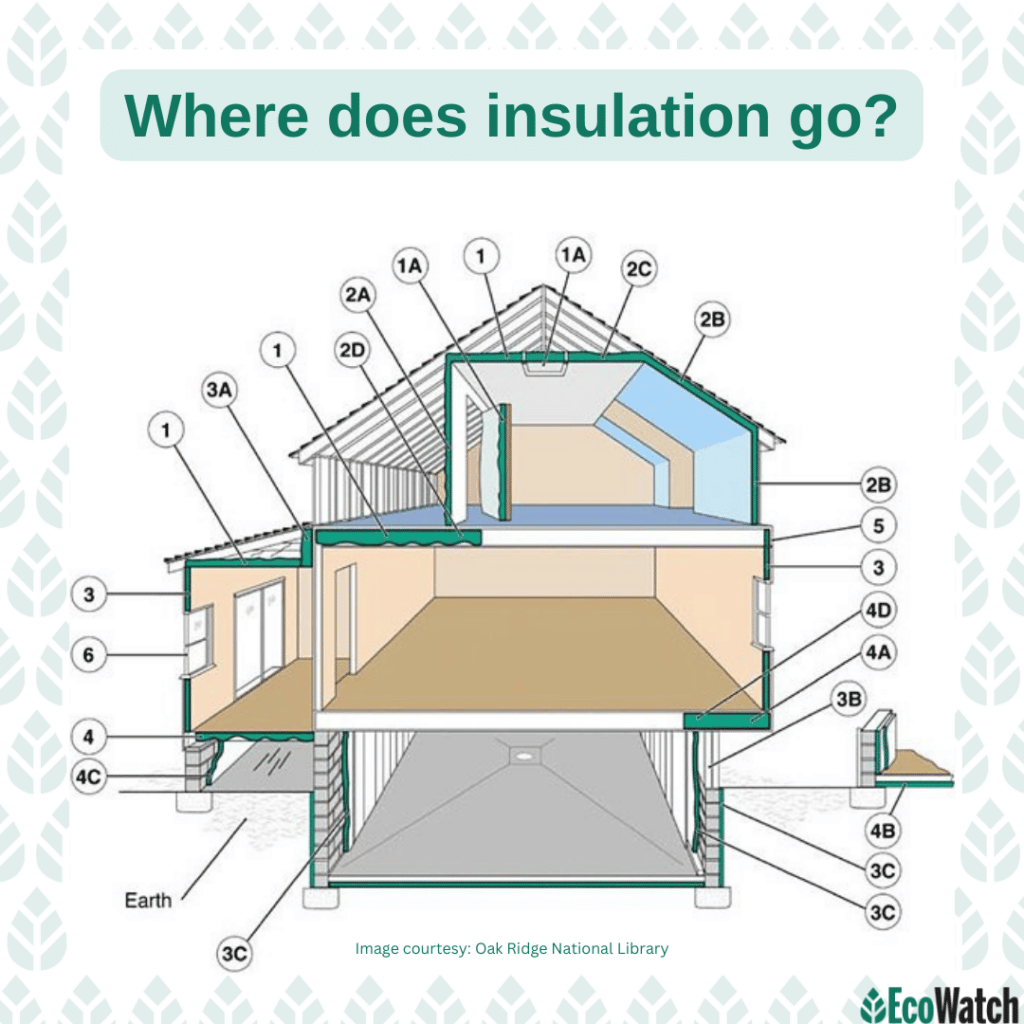
The Department of Energy says that a properly insulated attic can lower your energy bills by up to 50%. That’s because, without insulation, all the warm air that’s rising in your home is escaping right through the roof.
These are the places where you should check for insulation:
- Attic: Between and over floor joists; around the access door
- Exterior walls: Between living spaces and unheated garages, shed roofs or storage areas; foundation walls above ground level; foundation walls in heated basements
- Floors: Around vented crawl spaces, garages and where they meet the wall
- Windows and doors: Caulk and seal around all openings
Consider eco-friendly insulation options like mineral wood, cork, sheep’s wool, Icynene or shredded denim. Sheep’s wool is fire-resistant, breathable and naturally limits condensation. Icynene resembles whipped cream when you install it, but it will expand up to 10 times its size and create an impassable barrier.
9. Get a Smart Thermostat
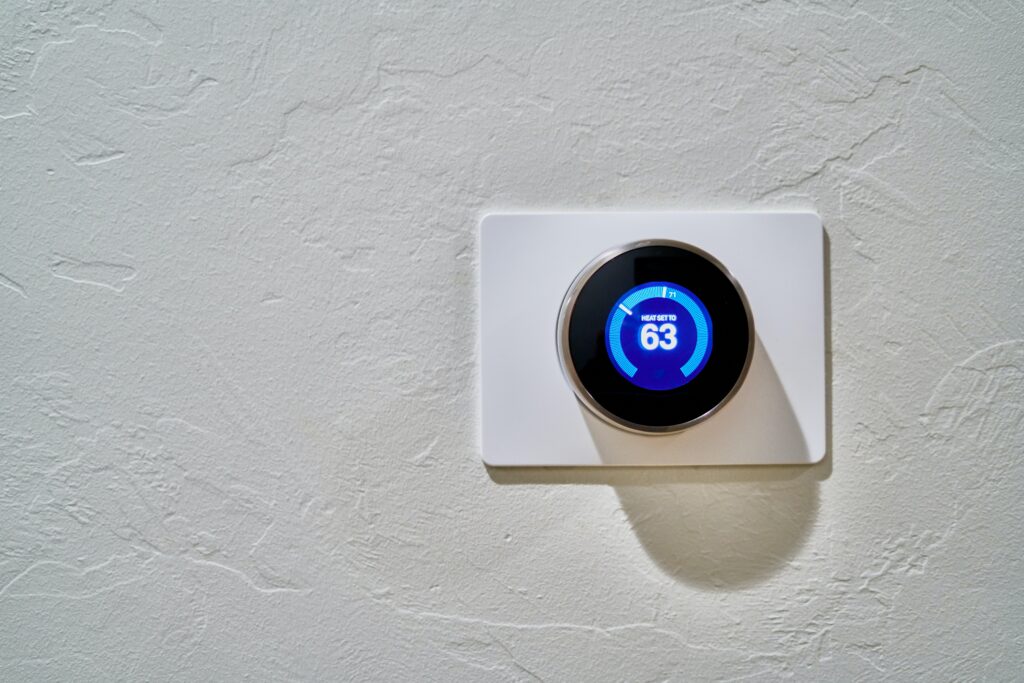
It’s a simple upgrade, but switching to a smart thermostat allows you to conserve energy without even thinking about it — and research shows you’re probably not thinking about it.
“On average, a homeowner in the U.S. only thinks about energy eight minutes a year… and typically it’s when you’re paying the bill,” Fasullo told EcoWatch.
Aside from switching to LED lights, Fasullo said getting a smart thermostat and setting temperature schedules is the best thing a homeowner can do to save money on their energy bills.
“Many people kind of view it almost like a fixed bill… Most consumers don’t recognize that engaging with their energy and managing it may save you thousands of dollars a year,” Fasullo said.
The Department of Energy suggests keeping your thermostat set to 68 degrees Fahrenheit when you’re home and lowering the thermostat a few degrees when you’re out or while you’re sleeping.
Having a programmable thermostat to set automatic schedules for bedtime is the easiest way to stay on top of it.
10. DIY a Draft Snake
A draft snake is a cheap way to keep warm (or cool) air from sneaking off into different areas of your home from under your doors. And it’s super easy to make!
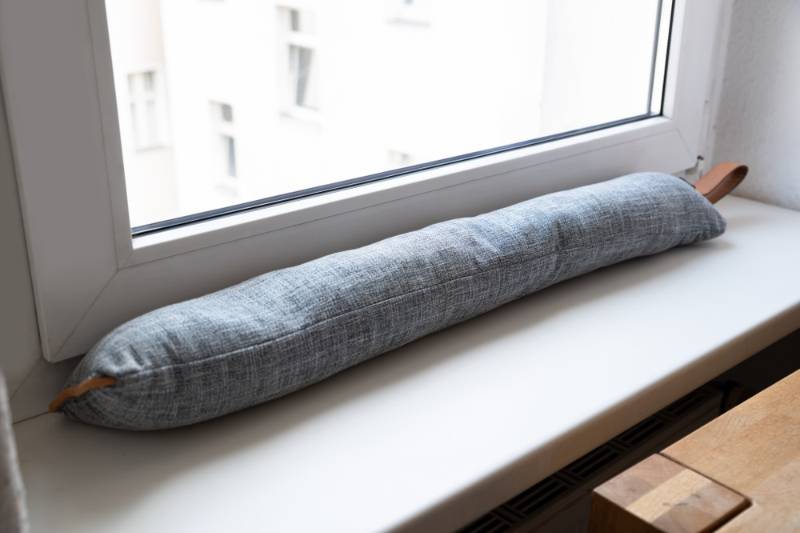
If you have an old pair of jeans or pants, cut one pant leg to match the length of your door or window gap. Fill the leg with cotton, linen, sand or rice. Then sew up the ends and, voilà, you’ve got yourself a draft snake.
You can also use draft snakes up against windows if you suspect there are air leaks, but weatherstripping is a much more effective solution.
11. Change the Direction of Your Ceiling Fans
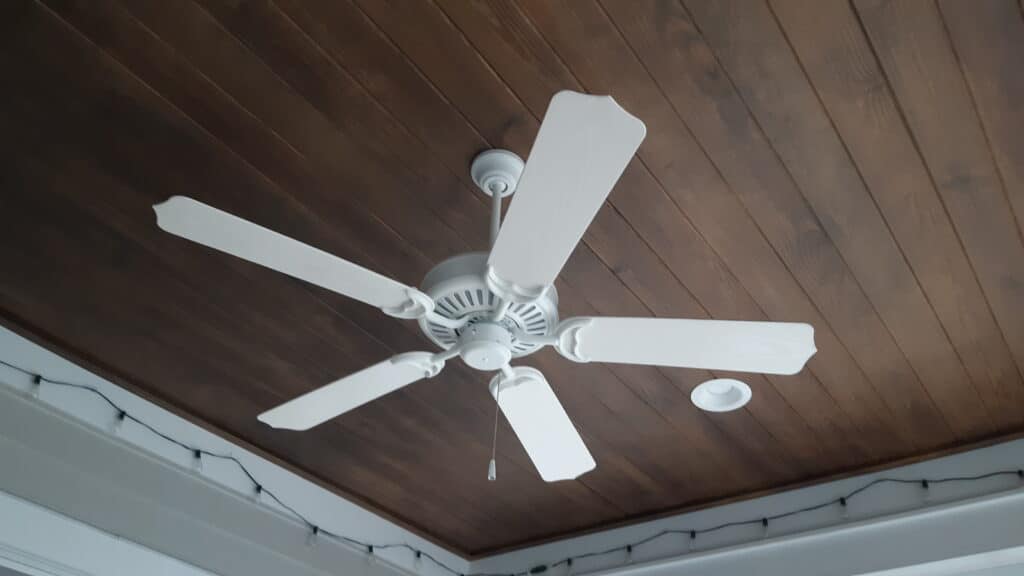
Did you know that you could change the direction of your ceiling fan to blow warm air instead of cool air? (If you didn’t, that’s okay. I didn’t, either).
Most people only use their ceiling fans during the summer months and leave them to collect dust during the winter. But if you flip that little switch, you can circulate warm air into your room.
The counter-clockwise rotation circulates cool air, while a clockwise rotation creates an updraft, which pushes the warm air that has risen back down into the room. The more you know!
12. Remove Your Window AC Units
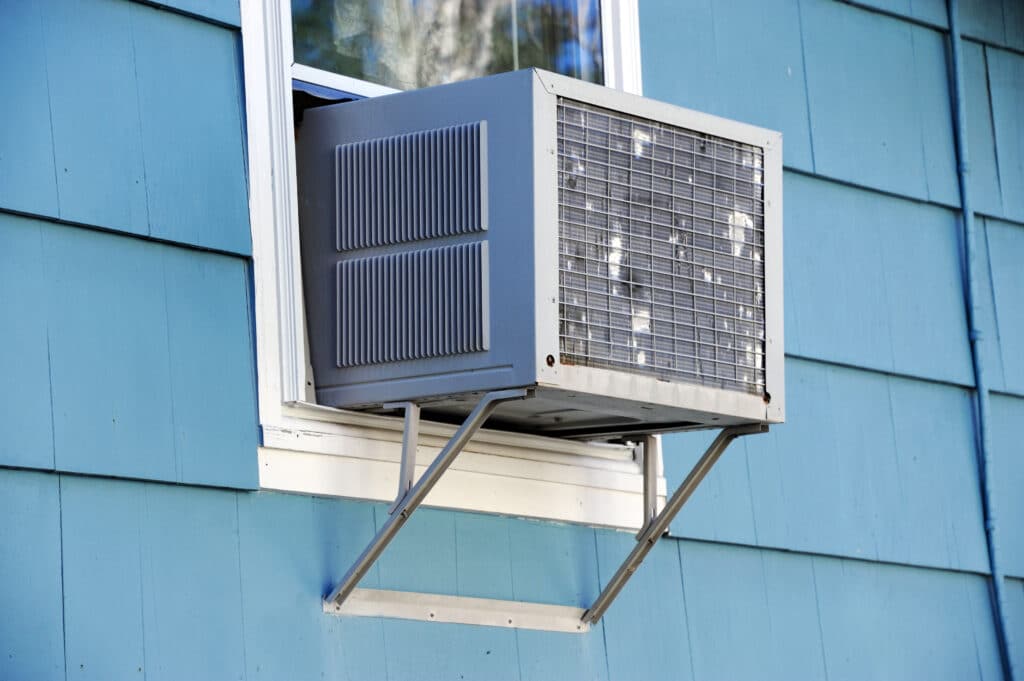
Once that last warm day is in the rearview mirror, it’s time to take those AC systems out of the window. It may seem like unnecessary extra work, but a window AC unit may allow cold air to creep in through the cracks.
If you can’t remove your AC unit, buy a heavy tarp to cover the unit and use draft stoppers around the window.
13. Prep Your Furnace
If you live in a cool climate area, your furnace is gearing up for a marathon. And we all know it’s ill advised to enter a race you haven’t prepped for.
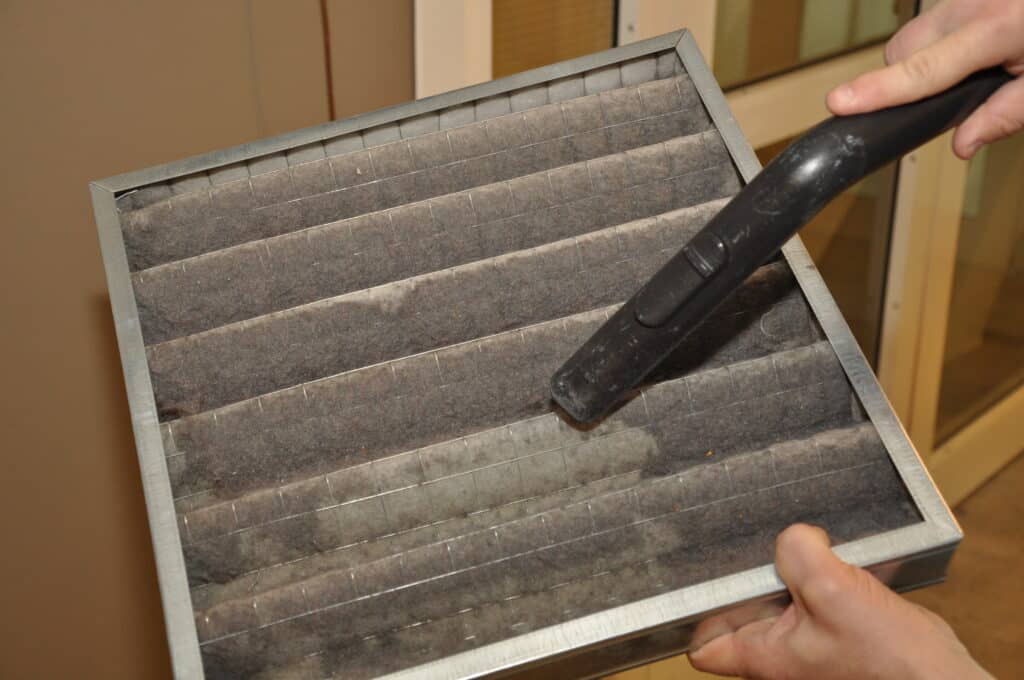
Prepare your furnace for the cold weather by following these tips:
- Clean or replace the furnace filter
- Vacuum the furnace interior
- Check the blower belt and oil the blower motor if necessary
- Make sure the blower doors are working properly
- Ensure vents are clean and not obstructed
- Check exhaust flue (if applicable)
You should have an HVAC technician inspect and perform the necessary maintenance of your furnace and other systems at least once a year. If you haven’t yet, it’s better to do it now before you face off against old man winter.
14. Protect Your Plants

We know some of you plant moms and dads are on top of this, but if you live in an area that drops below freezing, it’s time to bring those potted plants inside.
For plants that stay outside, you can lay down hay or mulch in the soil to insulate the plants and keep them covered with a blanket or soil bag.
15. Stock Up
If the past decade has taught us anything, it’s that extreme weather events can happen anywhere at any time. As the saying goes, failing to prepare is preparing to fail.
Stock up on supplies that make sense for your climate. For example, if snow is a possibility, make sure you have shovels, ice scrapers and ice melt.
There are other emergency preparedness items you should always have on hand, including:
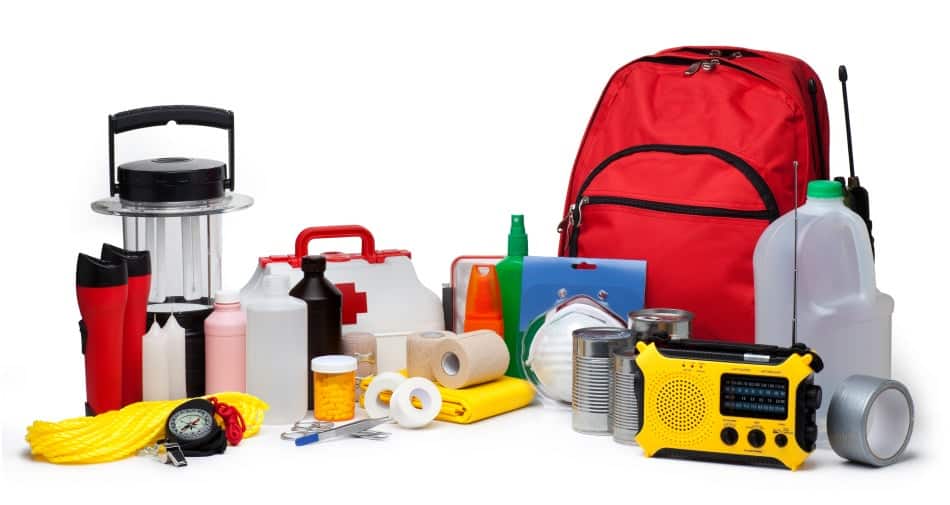
- Flashlights
- Batteries
- Weather radio
- Emergency car kit
- Water supply
- Canned food
- Pet food
- First aid kit
Winterizing your home is the best way to protect it from the elements and keep your energy costs low. But it’s important to note that sometimes saving money on utility bills means investing some money upfront — like having a professional home energy audit or routine maintenance from one of the best HVAC companies.
Remember the analogy Fasullo said with putting gas into a leaky gas tank? Sure, it costs more to fix your home’s energy efficiency up front, but you’ll waste more money over time if all of your energy costs are blowing straight out the window.
